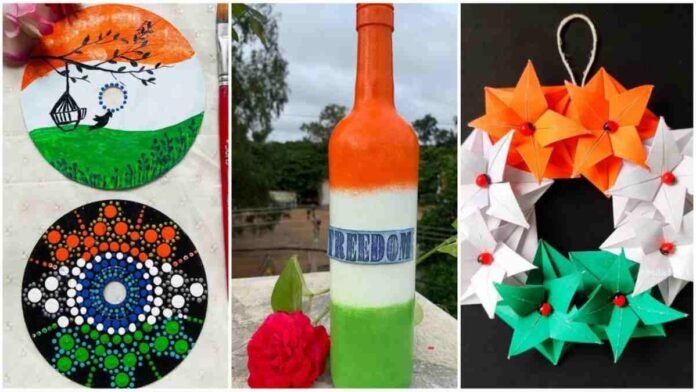When creative approaches are used, teaching kids about Independence Day can become more than just a dry lesson. We can facilitate children’s understanding of the historical significance of this day by incorporating interactive activities, storytelling, and hands-on projects. This article examines numerous inventive ways to ensure that children have a profound understanding of their nation’s history and the principles of freedom and patriotism on Independence Day by making it both educational and unforgettable for them. Below are a few strategies to educate your kids a little more about Independence day by using creative approaches.
Historical storytelling
Share Your Stories: Begin by telling compelling stories about the country’s journey to independence. Highlight the bravery, sacrifices, and watershed moments that shaped the country’s history. Stories about key figures, historical events, and struggles for freedom help children understand and remember the concept of independence.
Interactive Formats:
Use age-appropriate books, animated videos, and storytelling sessions to make history come alive. Engaging children in dynamic narratives allows them to connect emotionally with the past. It is possible to educate and amuse kids about Independence Day at the same time, making sure they learn about its significance and get to engage in fun activities. The following inventive methods will assist kids in comprehending and appreciating this unique occasion:
Hands-on Activities
Craft projects: Make crafts that feature national flags, historical sites, or well-known individuals as symbols of independence. Making flag-themed decorations or designing posters commemorating the freedom struggle can be both educational and creative.
Historic Reenactments
Plan simple reenactments of significant historical events or speeches. Allow children to dress up as historical figures and recreate scenes from the independence movement. This hands-on approach makes learning more engaging and memorable.
Educational Games
Trivia Quizzes: Create quizzes and trivia games based on Independence Day facts, historical figures, and significant events. Games with questions and answers can reinforce key concepts while also adding fun to the learning process.
Scavenger hunts: Arrange a scavenger hunt featuring hints about the symbols and history of Independence Day. Children can do this in a classroom or at home by looking for objects or working through puzzles related to the history of their nation.
Media Resources: Documentaries and Films: Present age-appropriate documentaries or films about the independence movement. Visual media can be an effective and engaging way to communicate historical events and their impact.
Educational Apps: Use educational apps and online resources that teach children about history and patriotism. Many apps provide interactive lessons and games based on significant historical events.
Community involvement
Field Trip: Organize visits to museums, historical sites, and monuments commemorating the country’s independence. Experiencing history in a tangible way helps children comprehend and appreciate its significance.
Guest speakers: Invite historians, freedom fighters, or local leaders to speak with children about their experiences and the value of independence. Hearing firsthand accounts can be both motivating and educational.
Festivities of Culture
Events celebrating Independence Day: Take part in or plan celebrations with a patriotic theme, like parades, concerts, and cultural shows. Children can discover their nation’s history and customs while having fun in this festive environment created by these activities.
Themed Celebrations: Hold themed parties or gatherings where children can dress in national colors, eat traditional foods, and participate in activities that highlight the country’s history and culture,
Family Involvement
Family discussions: Encourage family discussions about what Independence Day represents and why it is celebrated. Sharing personal reflections and values can help children gain a better understanding of the occasion.
Family projects: Work on family projects that promote independence, such as creating a family history timeline or doing community service together. These projects instill a sense of community pride and responsibility.
Reflective Practice
Personal Reflections: After learning activities, ask children to write or draw about what independence means to them. Reflective practices enable children to internalize and express their understanding of freedom and patriotism.
Future goals: Discuss how the principles of independence can be applied in everyday life. Encourage children to consider how they can positively contribute to their community while upholding the values of respect, equality, and service.
In summary
Teaching kids about Independence Day can be more than just memorizing historical details—it can be a fulfilling experience. A wide range of techniques, such as interactive exercises, multimedia materials, community engagement, storytelling, and reflective practices, can be used to create a thorough and captivating learning experience. These methods allow kids to meaningfully engage with their nation’s history and customs while also teaching them about liberty and patriotism and fostering a greater appreciation for these values.



